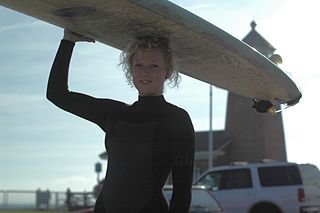California Energy Summit, Fabulous As Always, Speaks to Challenges in Demand Response

As always, there were a few presenters who made remarks so asinine that some people rolled their eyes, wondering how it was possible that they had heard something so ridiculous. When the speaker delivering this morning’s keynote talked about how hard she had worked to get high speed electric vehicle charging stations into low-income neighborhoods, the guy sitting next to me immediately leaned over to me and said, “Oh, isn’t that impressive, Craig? We can only guess how many ($80K) Teslas the people of (impoverished) East Oakland have.” I try not to be quite as brutal, but the guy had a point: surely, there are a great many more practical energy-related goals.
Most of the content, however, was really excellent, albeit sobering. I caught a terrific presentation on demand response (DR) later this morning, in which one of the panelists who had come from EnerNOC, and now works for one of the other large third-party DR aggregators, told the audience a few things that really sunk in:
• Load (which peaks in the afternoon and early evening) is becoming even “peakier.”
• His company has a portfolio of about 10,000 MW of DR, of which only 300 MW is from the entire state of California. They have twice that in the city of Chicago alone.
• So how do we unlock this puzzle in California, by far the largest energy market in the country, and create participation in this all-important phenomenon? Simplicity. Ratepayers in PJM (the mid-Atlantic) save $12 billion each year with DR. That’s $200 per person per year, which they find really compelling. This comes to pass because they have a set of DR regulations that Forrest Gump could understand; everyone knows exactly how to plan so they can participate in the program with minimum risk. By contrast, in California, we’ve had (in the speaker’s words) “three dozen different plans in the 10 years I’ve been working to sell DR in this state.” No one has a clue how it works today, much less how it will work next year.
You expect people to buy something they can’t understand — or whose future they can’t predict? That makes working your guts out to put high-end EV charging stations in East Oakland look smart by comparison.

The San Francisco – Oakland – San Jose region has a significantly higher penetration of EVs than in most areas in the USA. Oakland’s demographics, business and shopping areas are quite diverse. For electrification of transportation to succeed on a meaningful scale, more EV DC fast chargers and level 2 EV chargers are needed and being deployed in Oakland. The health and environmental benefits to the region are important to all who live, work, play and breath the air in Oakland.